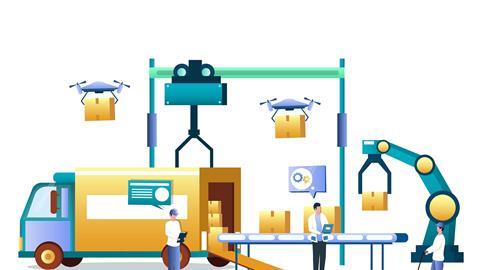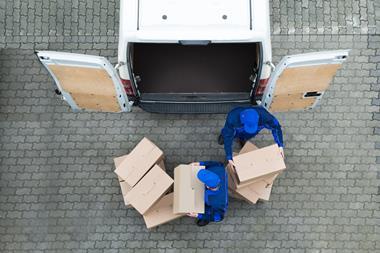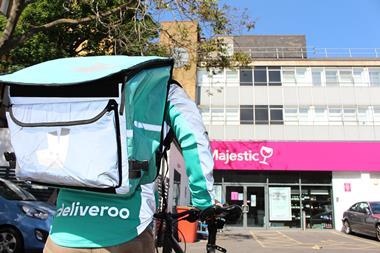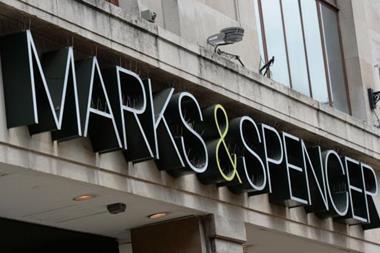The coronavirus pandemic has disrupted the retail industry in unprecedented ways and marks the start of a ‘new normal’ in retail.
The government is yet to fully end lockdown in the UK but, alongside countries like China, Germany, Denmark, Spain and Italy, we’ve started to see restrictions being eased.
Clearly, there are both economic and social motivations for getting those countries and the global economy moving again, but no one is expecting life to go back to normal.
There won’t be a magical light-switch moment.
Consumers are unlikely to rush out to shops, at least not in the same numbers. It will take time for them to rebuild trust and confidence to do the things they once did without even thinking about it.
This prolonged self-isolation and social distancing will mark the start of a longer-term change in the way consumers live their lives, spend their time, pick what they value and, ultimately, choose how they shop.
Things won’t get back to normal, they’ll get to a ‘new normal’.
This new way of doing things will span every aspect of the retail ecosystem and mean big things for delivery in terms of how and when customers want to receive goods and the impact on retailer operations.
But what does that mean and what does it look like?
Here are three key ways delivery is set to transform.
1. Agile transformation
The retail industry is a hotbed of fast-paced innovation. The leading international players always set the pace for the rest of the market and digital transformation has been the buzz phrase that has characterised much of the industry chatter in the past few years. But transformation takes time – at least it did.
Projects that were due to take five years had already dropped to three, but those time frames seem like a luxury now.
“This radical reshaping of business models has been both necessary and impressive in equal measure”
Retail has had to transform not in years or even months, but in weeks.
Non-essential stores have been shuttered, sometimes also closing their online operations. The grocery sector has been on the front line feeding the nation, while its supply chain fought to keep up. Big decisions and big changes have been made.
This radical reshaping of business models has been both necessary and impressive in equal measure – and in the immediate future it may need to continue.
2. Brands with purpose
Sustainability had already emerged from the periphery of consumer consciousness to become a trend that is here to stay.
With consumers socially distancing and staying at home, there has arguably been a much greater focus on using what they have and a general desire to buy less ‘stuff’.
DIY, home fitness, cooking, home working and comfortable fashion are all categories in demand, but so too will be those retail brands that offer purpose, community and a sense of ‘doing good’.
That extends to fulfilment, where a longer-term trend is likely to be increased demand for greener, more environmentally friendly delivery. As will the idea of hyper-local fulfilment and the need for ship from store.
“The most trying of times call for bold decisions and often require daring collaborations”
3. Collaboration holds the key
Who would have thought just a few months ago that your online Tesco delivery might turn up in an Asda van? But since the world turned on its head, the rulebook has gone with it.
The most trying of times call for bold decisions and often require strategic collaborations. When things are moving so quickly, partnering with third-party tech companies removes the need for slow and resource-heavy development, enabling quicker movement and specialist expertise on key projects.
The future will potentially be marked by a much greater focus on these types of partnerships as retailers and carriers alike look to flourish within the parameters of this new normal.

David Grimes is founder and chief executive of Sorted Group.
Read more from David on the Sorted blog.





























